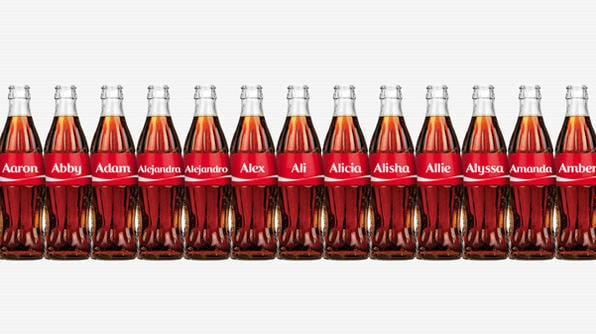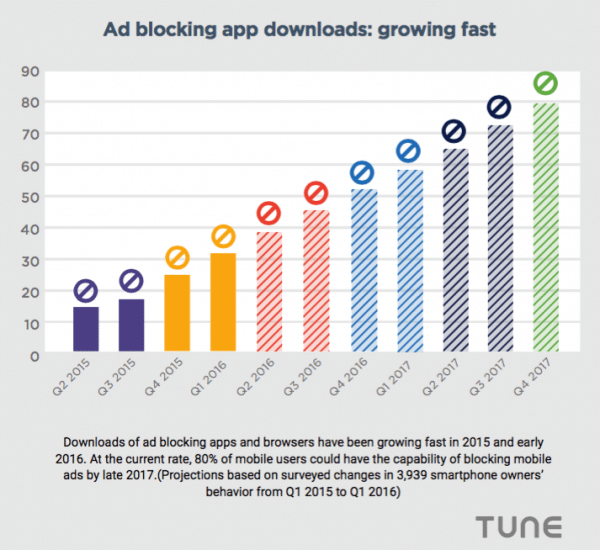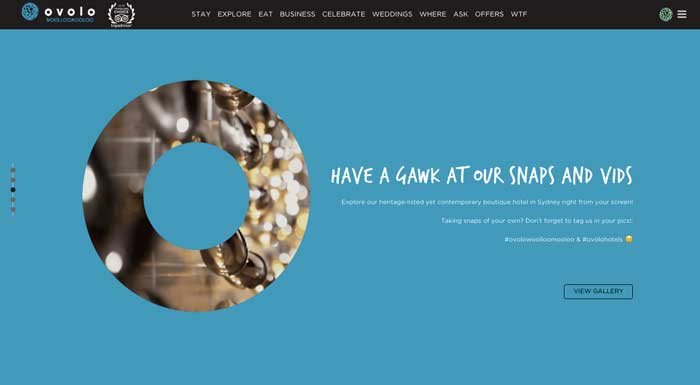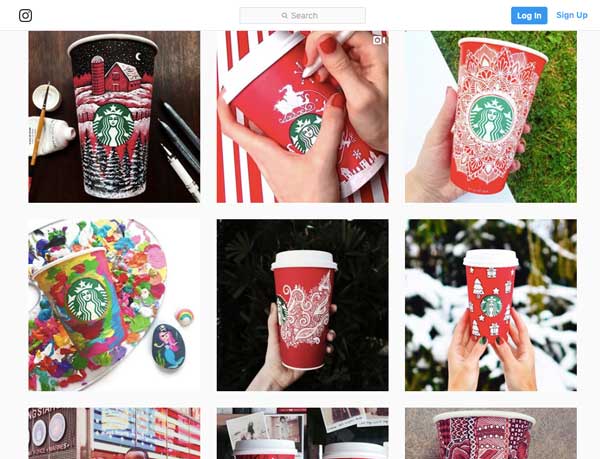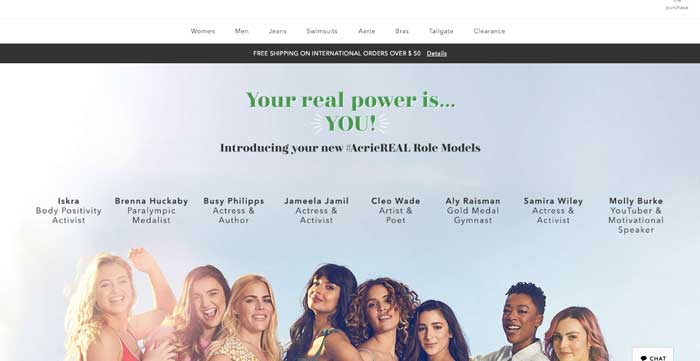With 50% of consumers saying that seeing user-generated content would increase their chances of buying products, it’s no surprise so many companies are getting into it.
What is user generated content?
User-generated content (UGC), or as some call it user-created content (UCC), refers to any type of content information created by users. This can be in the form of videos, digital photos and other types of media belonging to an online platform which is made available to other end users.
Examples of campaigns that worked
A good example of one such campaign was done by the Coca Cola company. The famous brand introduced personalized Coca Cola bottles that had names of consumers. This was received better than expected as the whole world took part in the campaign.
Coca Cola customers from all over the world were requested (and did so willingly without being asked) to share their pictures while carrying the personalized bottles on common social media platforms. This resulted in customers taking up the advertising of the company.
This user-generated campaign made millions for the company only showing just how powerful such campaigns could be.
Burberry’s trench coat campaign
In the year 2009, brands began taking up the idea of customers promoting their brands and businesses. This is because marketing experts believe that word of mouth is still considered as one of the best marketing strategies for businesses. During this year, Burberry decided to do something new. The brand requested some of their loyal customers and fanatics to post photographs of themselves and their friends and relatives wearing their famous trench coats.
All that was left to do by Burberry was to choose the best pictures and upload them to their website and Facebook page. This campaign was well received by their fans who are mostly fashion lovers. They raked in millions of shillings from increased sales as a result of this marketing strategy.
How does UGC help your brand? Why is it effective?
User-generated content campaigns produce satisfactory results making them a key player in the marketing of products and services. Established and well-known brands continue to consider this type of marketing strategy as it has proven to be effective in achieving targeted goals. However, studies showed only 16% of brands have a system in place to launch and manage UGC.
UGC is customer-based
Businesses that consider customer input is becoming a popular practice nowadays. Digital marketing has become very competitive and businesses are continuously coming up with ways that will put their business ahead.
Customers who receive a positive experience for your organization will be the source for getting more customers. Treat your clients poorly and they will go elsewhere like to your competition.
UGC is an effective strategy because potential clients get an opportunity to know the business through already existing customers.
Marketers are no longer trusted
Traditional methods of using marketers to bring in more customers are behind us. Marketers are perceived to be untrustworthy as their only goal is seen as wanting to make sales and bring in leads. Business owners want their products to be viewed as the best in the industry. And unfortunately, marketers usually try to avoid revealing details of the products that might have negative results to the end-user.
A survey conducted by Brightlocal in 2013 shows that about 73% of consumers perceive ads to be highly exaggerated to convince the buyer to choose a particular product or service. Meaning consumers are becoming reluctant when making a purchase decision based on the ads.
On the flip side, UGC posts that are shared to social channels see a 28% higher engagement rate than standard brand posts. With ad blockers on the rise, marketers are turning towards organic search (SEO), social media, influencer marketing, user-generated content, and referral programs as their methods to gain more customers.
UGC takes into account product authenticity
As we have mentioned, the marketing industry is changing. A potential client would rather trust a low-quality YouTube video of a referral, rather than a multi-million-dollar advertisement. This is because authenticity is much more valuable as consumers want to hear from people who have already tested and used the product or service rather than the people trying to sell it.
User-Generated Content offers proof
UGC is effective in marketing as it provides proof of the quality of products and services for customers. When you see content from a real consumer, then there is increased credibility that clearly shows the company’s promises in action. Providing evidence that the product actually serves its purpose makes potential consumers more interested in your product.
For example, the Ovolo Hotel located in Sydney had renovations made to increase its customer base. The hotel gave invites to several members of the public to visit the hotel and take pictures that will be uploaded and shared online.
The hotel improved their designs and décor to make it the most preferred place for taking snapshots suitable for social media uploads. The user-generated campaign involved inviting guests to the venue and allowing them to take quality photos from different parts of the ovolo hotel. The social evidence showed that they would follow up on their promises.
In this case, using UGC as their marketing tool shows that they are open to talking with their customers and understanding their wants.
Businesses that use UGC from their customers usually cultivate a healthy relationship that is deep and authentic. Customers will only agree to take part in the process if they feel like they are appreciated by being involved in the marketing campaign.
Recent statistics from a study conducted by a bazaarvoice indicate that about 64 percent of consumers (millennials), wanted more platforms that will provide them an opportunity to share their views about the brands they used.
Benefits of user-generated content
What are some of the benefits of using user-generated content?
As mentioned to us by Julie Bee, Founder, and President of BeeSmart Social Media, “To succeed with social media marketing these days, user-generated content is one of the best tactics to generate organic engagement. No one wants to hear a business talk about their products or services – it just comes off as bragging most of the time.
“But when a third party says a product or service is awesome, it’s usually perceived by that person’s friends as valuable insight. It can create word of mouth marketing and referrals for that business. Enter UGC. If a business can get its customers to produce UGC, it will almost always outperform other forms of content produced internally by the company. To really get traction, it’s ideal if the users post the content on their own social profiles, and then the business shares that post to its social profiles.”
UGC is less expensive
Marketing strategists believe that it is cost-effective to make several types of user-generated content than to create just one advert in house. This form of marketing allows the consumers of your products to create assets for you as they bring to the table their own audiences from the social platforms.
An example is what the ALS Association did back in 2014. They conducted one of the largest not to mention successful UGC campaign. It was called the Ice Bucket Challenge campaign that allowed many people across the globe to participate in.
The challenge required individuals to upload videos online of someone pouring ice cold water on you with a bucket. One would then challenge his/her friends to repeat the same thing or offer a donation to the association.
The challenge (easy enough) quickly picked up and became viral, raising awareness for the charity and introducing almost 3 million donors. It helped that the challenge begun with pro athletes. Multiple influencers took on the challenge without being paid to do so. UGC content can sometimes surpass influencer marketing campaigns where they would simply join the crowd.
Expanding social media reach
UGC and social media go hand in hand. The strengths of each concept create a powerful social media reach and create amazing brand awareness. Some of the strategies you can use in promoting user-generated content on social media include:
- Creating a hashtag or a simple picture contest on a platform like Instagram.
- Creating a new challenge on Facebook and Twitter.
- Launching a video request.
Examples of campaigns that took this strategy are #RedCupArt by Starbucks
and #AerieReal campaign that was famous on Instagram.
It is important to react to user content. You will have to acknowledge the customer’s efforts after requesting their input. Such types of interactions mutually benefit both brands and consumers. It helps social media to drive word-of-mouth marketing, building your brand reputation, and integrating referral marketing to your UGC campaigns. A survey by Sprout Social showed that almost 75 percent of people will most likely share a pleasant experience on their social platform!
Social media inspired UGC campaign leads to an increase in social traffic which in turn results in:
- Increased following base
- Extended social reach
- An increase in brand awareness
- Increase in social metrics like retweets, shares on Facebook, comments on Instagram and likes on most of them.
Building search engine optimization value
There are various ways in which UGC helps in boosting SEO efforts. If your customers are posting content on their different blogs, then backlinks to the company’s website are able to improve their SEO ranking. When you analyze the most used words and terms that are used by your target audience then you will be able to develop your research on word optimization.
Gain audience information
UGC can be a well of information. This benefit is often unnoticed but can play a key role in boosting your business. Through analysis of content shared by your customers, you as a business owner can gather key information. You will be able to understand your audience by discovering what different things they find engaging. This comes in handy when you apply the marketing strategy to produce leads and increased sales. Probably the most important part is learning how to build relationship marketing.
You can observe the content being shared by your customers and noting down if they take part in review writing, complaints of past experiences as you come up with ways of improving. Watch out for photos being uploaded on twitter and try to see how your business is perceived.
Consider unique content
Your customers will be able to provide you with a new kind of content that is different from your organization’s marketing team. This means that you will have a fresher approach toward trying to identify a new point of view. This allows new customers to join a group of loyal customers.
Increased personalization
This is yet another benefit of UGC. The Marketing Insider Group states that when it comes to knowing what your target audience is interested in, then the only way to go about it is through UGC. Try and understand your audience. Find out what excites them. This will help improve SEO and increase your efforts in lead generation.
Challenges faced when creating UGC
Dealing with user-generated content comes with some challenges, here’s a few of them:
Moderation of content
This is known to be one of the most leading challenges faced when using UGC online. Organizations that seek to promote their products and services give their customers permission to upload content on the company’s website. The posted content might not be screened and this can lead to uploads that might tarnish the brand.
Websites receive offensive and inappropriate content that is damaging to the brand. Customers have the freedom to express their personal opinion and upload the contents of their choice. Online discussions sometimes turn ugly.
Legal matters
User-generated content is mostly owned by the individual who uploads it online. It is therefore essential that one understands the legal aspect associated with UGC. As a brand, you will need the permission of the user if you want to post their content on the company’s website and social media platforms. As a business, you are required to make available direct acknowledgment clearly indicating the original owner of the content. Many businesses will use a platform to find content creators beforehand to work out the ground rules and expectations in such cases.
Fake users
UGC campaigns provide a certain level of control to customers. Unfortunately, fake user accounts usually find a way of sneaking through online platforms. This, in turn, creates a great risk of receiving false information from untrustworthy sources. This lowers the authenticity of your products as other customers doubt the validity of those uploading content.
A great way to handle this is by sending invites only to those who are found in the company’s database and email list. You can also provide badges to the users so that you can differentiate the real users from the fake ones. Popular websites have adopted this mode of verification by approving badges.
Needs marketing support
Business owners need to understand that in order for them to receive high-quality ads that are authentic, they may receive a large amount of content of poor quality. Marketers, however, hope that users will be able to upload content that is original and very useful to the company. This means that you have to review all the submissions made to the website. Marketing support is also required to boost the campaign through advertising and creating exciting tasks for users.
Ethical issues
Ethics is another key issue to consider when discussing the challenges of UGC. Unethical behavior can be a huge blow to a brand and might lead to loss of customers. Internet-related issues can be as a result of privacy issues. Other ethical challenges include: unreported endorsements where a given organization endorses a customer to give information about the brand without disclosing the information to relevant people is unethical.
In conclusion
UGC has come a long way in content marketing. It has been used continually by well-established brands to promote goods and services. The challenges faced by UGC campaigns can be fixed using appropriate methodologies. The benefits of using this campaign strategy far outweigh the number of challenges faced. Marketers continue to come up with ways of making UGC work best for different organization types for the benefit of both the user and brand.

